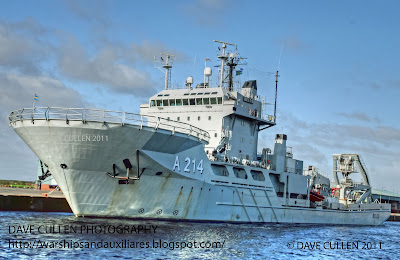The NATO Submarine Rescue System (NSRS) is a multi-national project to develop an international submarine rescue system. The system will provide a rescue capability primarily to the partner nations of France, Norway and the UK but also to NATO and allied nations.
On receipt of a SUBSUNK alert the submarine operator will initiate the NSRS call-out procedure. The Intervention Remotely Operated Vehicle (IROV) will mobilise to the scene within 56 hours and locate the distressed submarine, establish communications, conduct damage assessment and prepare for rescue operations.
The SRV along with a portable launch and recovery system (PLARS), support and operating equipment and the Transfer Under Pressure (TUP) equipment will follow 6 hours later. All equipment and personnel will be flown to the mobilisation port for embarkation on a suitable mother ship (MOSHIP). The complete mobilisation will take less than 18 hours and the MOSHIP will then sail to the scene where the SRV will be deployed. The aim is to achieve time to first rescue of 72 hours, with personnel being brought to the surface in groups of 15 and transferring them to the TUP system if necessary.
The SRV is a manned submersible and was developed from previous rescue vehicles, notably LR5, developed by Perry Slingsby Systems Ltd in Yorkshire. It is 10m long, weighs 27 tonnes and has an all-steel, single piece hull.
The craft is operated by a three man crew (a pilot, an observer and a rescue chamber operator). It can operate at depths between 20m and 610m and can mate with the rescue hatch seal at angles of up to 60 degrees in any direction. It also uses the latest technology batteries, the Rolls Royce "Zebra" type. This enable her to stay submerged for up to 96 hours.
SRV1 became available in 2005 and is planned to last to 2030, and cost £120 million to procure
The NSRS is based at HM Naval Base Clyde in Scotland.
The submarine rescue ship Belos (A 214) acts as tender and transport to Submarine Rescue Vehicle (SRV1).
She is seen here over the stern of the Belos


























